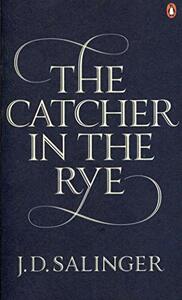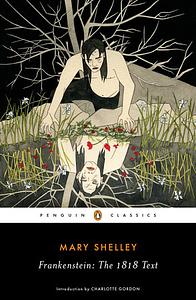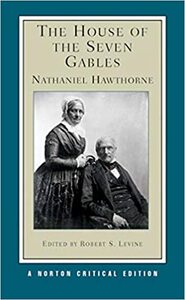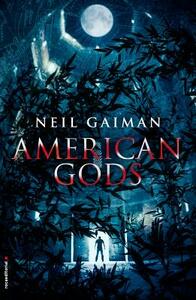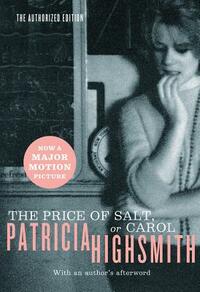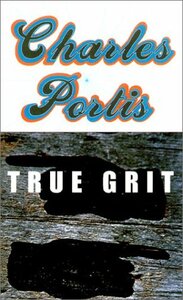Take a photo of a barcode or cover
peyton_honeck's Reviews (220)
I wanted to read Les Misérables at least once in my life. I have always loved the musical (and I am not a musical person), but this brick of a book is extremely daunting! I opted for the audio book in this case (58 hours long!) to make my task a bit easier. I’m glad I did, as even in the English translation that I chose there was a lot of French bits that were better read by the narrator than by myself and many long winded meanderings about such topics as the sewer system of Paris, the battle of Waterloo, Argot (street language), the life of nuns in a convent, the French monarchy, Parisian culture, etc. I am glad I read all of it, but if I ever opt to return to this story I will be reading an abridged version. Many of these chapters can be cut entirely and are only there to paint a picture of life during the setting of the novel. The problem is that if you don’t have a very strong understanding of French history and culture then many of the references and descriptions will be lost on you. Hugo is making constant reference to specific battles, painters, poets, soldiers, kings, philosophers, etc. so for a more complete understanding of the novel it might even help the dedicated reader to do a little studying before diving in.
Now, once you cut the fat out of this novel there is a heartbreaking, gritty story following several characters through the challenges of life during the Bourbon Restoration period following the fall of Napoleon in France. At the heart of the story is Jean Valjean, an ex con who struggles for redemption after 19 years as a slave for the crime of stealing bread to feed his family and for multiple attempted prison escapes. This epic novel is organized into sections focusing on specific characters including Fantine, Cosette, and Marius. It is a beautiful story about love and sacrifice, honor and justice, honesty and secrecy, the good of God and the evil of humanity. Hugo weaves together these characters’ stories into an improbable web of drama. When this intricate tapestry unfolds, all the story threads lead to the June Rebellion of 1832.
If you’ve seen the musical then you know the main characters and storylines that develop throughout the novel. The book, as you would expect, takes place on a much longer timeline than the musical and provides a much deeper back story for all of the characters and events that take place.
There are many smaller characters who play a big role. The most popular of these is probably Fantine, but if you’ve seen the musical then you already know her tragic story. My favorites are Gavroche and his two (unknown to him) brothers, the Bishop Myriel, Fauchelevent, and M. Mabeuf.
When M. Mabeuf, the good church warden who told Marius about his father and whose story of slowly unfolding destitution we have been following, receives a purse full of money from a source unknown to him, he turns the money in and is forced to sell his prized books for a meager bit of food. He doesn’t complain. He acts dignified in the face of poverty. But when the June Rebellion starts and he has nothing left to his name, he follows a group of young revolutionaries, staggering behind them and refusing to go home despite the dangers. When their flag is shot down on the barricade, the elderly Mabeuf is the only one to volunteer to replace it. He climbs to the top yelling “Vive la République!” and is shot down in a hail of bullets. For me this is the most moving scene of the novel.
Some of my other favorite scenes from the book are either left out of the musical entirely or trimmed down to the bare essentials. These moments include Marius’ internal struggle when he watches the Thénardiers’ plot for revenge on Valjean, the bandits’ prison escape with the help of Gavroche whose own father doesn’t recognize him, Gavroche helping his two younger brothers who he doesn’t know, Marius’s grandfather finally abandoning his royalist politics in favor of family and love, and Valjean’s escape from the convent in a coffin in which he is almost buried alive!
Safe to say this book will stick with me for a long time. Vive La Revolución!
Now, once you cut the fat out of this novel there is a heartbreaking, gritty story following several characters through the challenges of life during the Bourbon Restoration period following the fall of Napoleon in France. At the heart of the story is Jean Valjean, an ex con who struggles for redemption after 19 years as a slave for the crime of stealing bread to feed his family and for multiple attempted prison escapes. This epic novel is organized into sections focusing on specific characters including Fantine, Cosette, and Marius. It is a beautiful story about love and sacrifice, honor and justice, honesty and secrecy, the good of God and the evil of humanity. Hugo weaves together these characters’ stories into an improbable web of drama. When this intricate tapestry unfolds, all the story threads lead to the June Rebellion of 1832.
If you’ve seen the musical then you know the main characters and storylines that develop throughout the novel. The book, as you would expect, takes place on a much longer timeline than the musical and provides a much deeper back story for all of the characters and events that take place.
There are many smaller characters who play a big role. The most popular of these is probably Fantine, but if you’ve seen the musical then you already know her tragic story. My favorites are Gavroche and his two (unknown to him) brothers, the Bishop Myriel, Fauchelevent, and M. Mabeuf.
When M. Mabeuf, the good church warden who told Marius about his father and whose story of slowly unfolding destitution we have been following, receives a purse full of money from a source unknown to him, he turns the money in and is forced to sell his prized books for a meager bit of food. He doesn’t complain. He acts dignified in the face of poverty. But when the June Rebellion starts and he has nothing left to his name, he follows a group of young revolutionaries, staggering behind them and refusing to go home despite the dangers. When their flag is shot down on the barricade, the elderly Mabeuf is the only one to volunteer to replace it. He climbs to the top yelling “Vive la République!” and is shot down in a hail of bullets. For me this is the most moving scene of the novel.
Some of my other favorite scenes from the book are either left out of the musical entirely or trimmed down to the bare essentials. These moments include Marius’ internal struggle when he watches the Thénardiers’ plot for revenge on Valjean, the bandits’ prison escape with the help of Gavroche whose own father doesn’t recognize him, Gavroche helping his two younger brothers who he doesn’t know, Marius’s grandfather finally abandoning his royalist politics in favor of family and love, and Valjean’s escape from the convent in a coffin in which he is almost buried alive!
Safe to say this book will stick with me for a long time. Vive La Revolución!
This is one of my favorite books. I first read it in an independent reading class in high school and gave up part way through. A few years later I returned to it, remembering that I had been intrigued by the descriptions of the big house and lonely spinster who owned it. This time I couldn’t put it down and have reread it several times since. I love the themes of witchcraft and gothic horror. I love the set of characters and the suspenseful plot. I love the detailed description which make it so clear that it almost feels like watching an old movie. It might, however, drag for you if you are unused to the language or don’t like such hefty descriptive passages. For my part I loved it!
The writing was good and I liked the concept of the story. But it just didn’t grab me. I liked it enough to finish, but was ultimately a bit disappointed.


